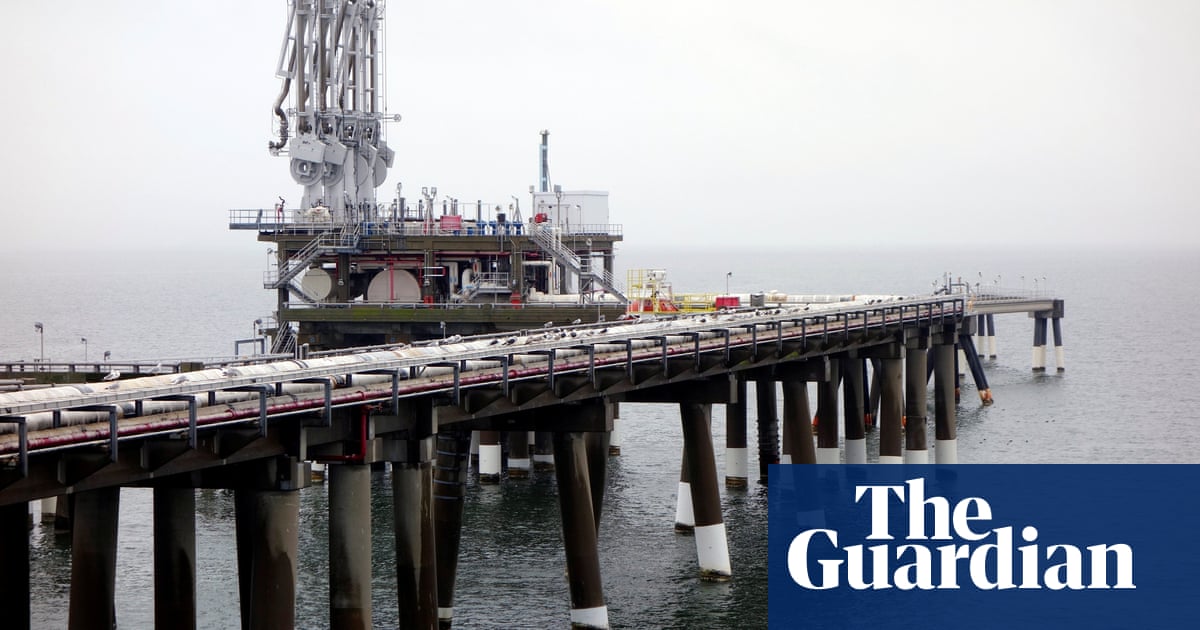
DUBAI — A weaker US dollar is needed to support a reflationary recovery in global commodity prices and support economic recovery across the GCC region according to Saxo Bank’s Head of FX Strategy, John Hardy.
Speaking during an online briefing hosted Monday by Saxo Bank, Hardy said the US Federal Reserve’s promise to continue QE at the current pace indicates that lower US interest rates may continue in the long term, but warned against market turbulence in the short- to medium-term.
The dollar has weakened sharply on the Fed’s vast and rapid response to the COVID-19 crisis and what is now in question is whether the dollar weakness is set to continue and drive a reflationary recovery in global commodity prices or whether the Fed is just risking the creation of new asset bubbles with its policy mix.
Hardy said: “The direction of the US dollar is critical for financial markets across the world, but particularly for oil and for GCC countries with the USD at the center of gravity for the region. A weaker US dollar is needed to support the regional recovery, and we believe that eventually it will weaken, but this could take some time. In the meantime, there could be significant market turbulence until we can firmly state that we are on the other side of the COVID-19 crisis.”
GCC economies have been jointly shocked by the economic impacts of COVID-19 and the plunge in oil prices, and the GCC states are facing one of the largest economic challenges in their histories. With the Institute of International Finance (IIF) reporting recently that non-oil GDP is due to contract by 3.8% in 2020 due to virus-containment measures, the drop in oil prices and lower public spending, a recovery in commodity prices will be a benefit to the region.
Last week’s FOMC meeting was largely seen as dovish for long term interest rates, but another question mark remains about whether the excessively low interest rate policy is causing a misallocation of capital.
“The risk is that this recent rally is merely a side effect of an overwhelming Fed injection of liquidity that is not addressing underlying solvency issues and that we drop back into a steep sell-off followed by a directionless market funk for an extended period until we are clear on the other side of this Covid19 crisis and its aftermath,” said Hardy.
“The central banks are likely to prevent any new massive melt-down, but we don’t think the recent rally in financial assets is something that is sustainable into the future.” — SG












